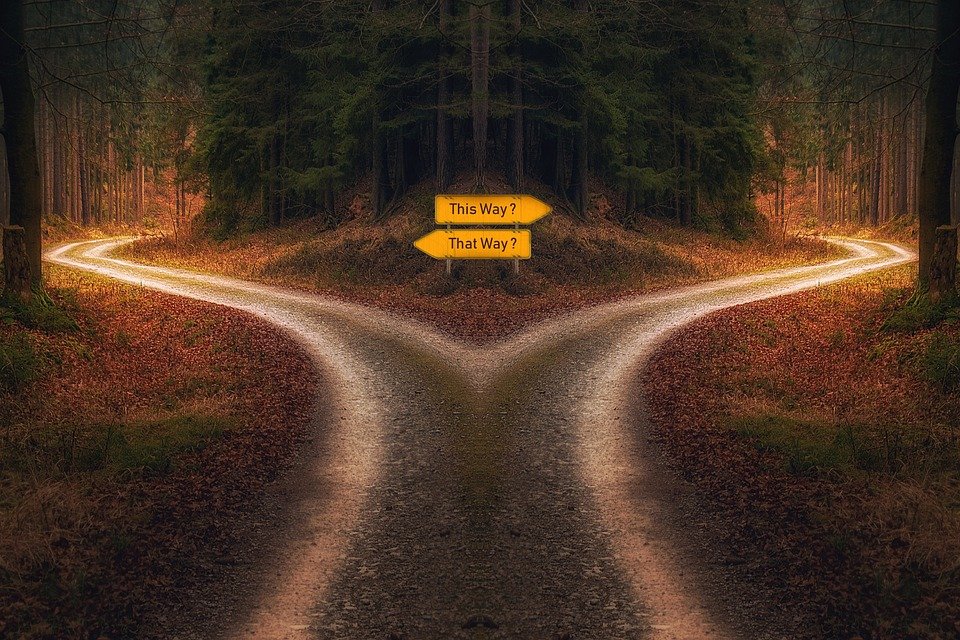Tokenizing Creativity: NFTs Empowering Content Creators and Influencers
Introduction: The Rise of NFTs
In recent years, Non-Fungible Tokens (NFTs) have become a buzzword in the world of art and digital content. NFTs have revolutionized the way creators and influencers monetize their work, offering new avenues of revenue and ownership. This article will explore how NFTs are empowering content creators and influencers, giving them more control over their creations and a direct relationship with their audience.
The Power of NFTs for Content Creators
NFTs, built on blockchain technology, allow creators to tokenize their work, turning digital assets into unique, verifiable, and tradable items. This means that artists, musicians, writers, and influencers can sell their creations as one-of-a-kind pieces, providing scarcity and exclusivity to their audience.
One of the significant advantages of NFTs is that they enable creators to retain ownership and control over their work, even after it is sold. Unlike traditional art sales, where the artist loses control over their creations, NFTs allow creators to set royalties for future resales. This means that artists can earn a percentage every time their work is sold in the secondary market, providing a consistent revenue stream.
NFTs also enable content creators to engage directly with their audience and fans. By selling NFTs, creators can offer special perks and experiences to their supporters, such as exclusive content, access to events, or personalized interactions. This strengthens the bond between creators and their community, fostering a sense of belonging and support.
Influencers and NFTs: Monetizing Influence
Influencers, who play a significant role in the modern digital landscape, can also benefit greatly from NFTs. By tokenizing their influence, influencers can create unique digital collectibles, limited editions, or even virtual experiences for their followers.
NFTs allow influencers to monetize their personal brand and expertise directly. By offering exclusive content, merchandise, or virtual interactions through NFTs, influencers can tap into a new revenue stream. This enables them to diversify their income sources beyond brand collaborations and sponsorships, giving them more financial independence and creative freedom.
Furthermore, NFTs empower influencers to maintain a direct connection with their audience. By selling NFTs, influencers can create a sense of community and reward their most dedicated followers. This fosters a deeper engagement and loyalty, providing influencers with a dedicated fan base that supports their creative journey.
FAQs
What exactly is an NFT?
NFT stands for Non-Fungible Token. It is a type of digital asset that represents ownership or proof of authenticity of a unique item or piece of content. Unlike cryptocurrencies such as Bitcoin or Ethereum, which are fungible and can be exchanged on a one-to-one basis, NFTs are unique and cannot be exchanged on a like-for-like basis.
How do creators monetize their NFTs?
Creators can monetize their NFTs by selling them on various NFT marketplaces. These marketplaces provide a platform for creators to showcase and sell their digital assets to interested buyers. Creators can set their desired price, and once a buyer purchases their NFT, the creator receives the payment. Additionally, creators can earn royalties each time their NFT is resold, as per the terms set during the initial sale.
Are NFTs only for digital artwork?
No, while NFTs gained popularity in the art world, they can represent a wide range of digital assets. NFTs can be used to tokenize music, videos, virtual real estate, virtual goods, and even social media posts. The possibilities are vast, and NFTs can be applied to any digital asset that can be owned, traded, and verified.
Are NFTs environmentally friendly?
NFTs have faced criticism for their environmental impact, primarily due to the energy consumption associated with blockchain networks. The most commonly used blockchain for NFTs, Ethereum, currently relies on a proof-of-work consensus mechanism, which requires significant computational power. However, efforts are being made to transition Ethereum to a more energy-efficient proof-of-stake mechanism. Additionally, creators and platforms can opt for blockchain networks that are more environmentally friendly, such as Tezos or Flow.
Is the NFT market a bubble?
The NFT market has experienced significant growth and attention in recent times, leading to concerns about a potential bubble. While some argue that certain NFTs are overhyped and speculative, the underlying technology and concept of digital ownership have long-term potential. As the market matures, we can expect more sustainable growth and increased adoption of NFTs in various industries beyond art and content creation.
Where can I buy or sell NFTs?
There are several popular NFT marketplaces where you can buy or sell NFTs, including Opensea, Rarible, SuperRare, and NBA Top Shot. Each marketplace has its own unique features and focuses on different types of digital assets. It is essential to research and choose a marketplace that aligns with your specific needs as a creator or buyer.
Conclusion: The Future of NFTs and Creativity
NFTs have opened up new possibilities for content creators and influencers to monetize their work, establish direct relationships with their audience, and retain ownership over their creations. The power of NFTs lies in their ability to provide scarcity, verifiability, and unique experiences in the digital realm. As the NFT market continues to evolve and mature, we can expect even more innovative use cases and opportunities for creators and influencers to thrive in the digital economy.

